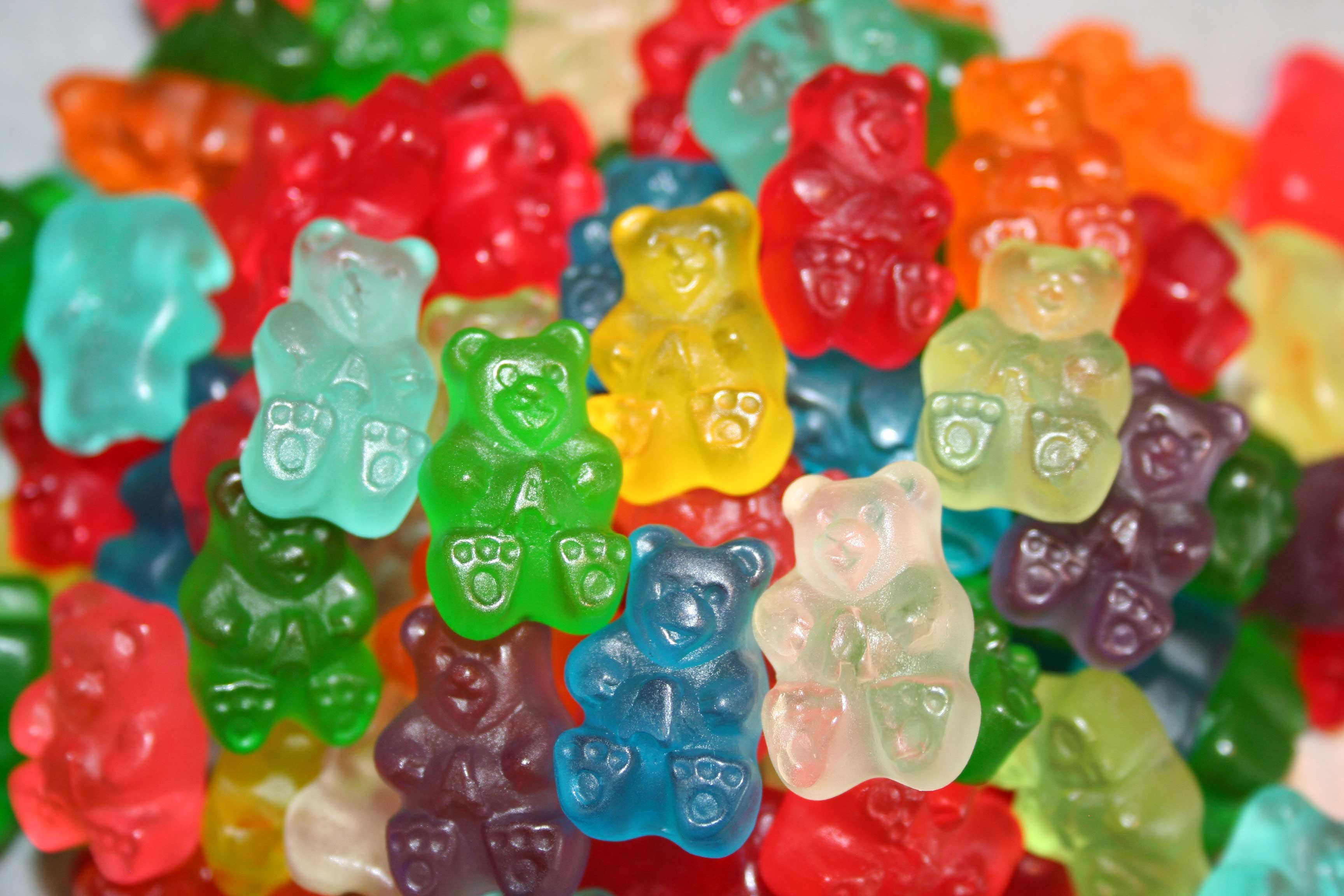|
Size: 5153
Comment:
|
Size: 5161
Comment:
|
| Deletions are marked like this. | Additions are marked like this. |
| Line 31: | Line 31: |
| 1. Gelatin 2. Chocolate 3. Hard Candy 4. Cheese |
1. [[Gelatin]] 2. Chocolate 3. Hard Candy 4. Cheese |
Updated: 11/14/2013


3D Food Printing
3D printer is a new trending technology that has been spotlighted for past few years. With the 3D printer, anyone can print any shape one desires in a cheap price. As the popularity of the 3D printer grows, Scientists and Engineers have been looking at its applications, especially food printing. A fully developed 3D Food Printing technology will allows us to cook any food in any shape in a extremely low cost.
In this Garage Physics Project, our first goal is to print an edible gummy Bucky Badger.
Rationale: Why is it important?
- Zero Waste Food Production
- Cheaper Food Costs
- More Advancement in Food Field
- And.... Cause it's AWESOME!!
If you want to know more about 3D Printer, Click >>>3D printing<<<
Invocation
Take a look at the following links:
http://www.designboom.com/design/food-printer-by-gglab-deniz-manisali-at-milan-design-week-2012/
http://www.nytimes.com/2013/09/22/opinion/sunday/dinner-is-printed.html?_r=0
http://richrap.blogspot.com/2012/04/universal-paste-extruder-ceramic-food.html
Materials we are Thinking as a food paste...
- Chocolate
- Hard Candy
- Cheese
Properties of Gelatin
Gelatin is a thermo-reversible gel where it behave differently in different temperature medium but you can go back to the previous state by simply changing the temperature. Pure gelatin is usually tasteless and odorless. It is very soluble is any alcohol but not in anything that is less polar than itself.
Gelatin is composed of Carbon, hydrogen, nitrogen, and oxygen in a shape of face centered cubic.
Melting Point: <35°C (95°F) <-- "melt-in-the-mouth"
Freezing Point: depending on the concentration of its contents, especially water.
There are many types of gelatin that are not edible. In order for it to be edible, gelatin's properties have to meet following criterias:
- pH: 3.8~5.5 or 5~7.5
- isoelectric Point: 7~9 or 4.7~5.4
- Gel Strength (Bloom): 50~300
- Viscosity (mps): 15~75
- Ash: 0.3~2
Source:
- - (2012). Gelatin Handbook. Gelatin Manufacturers Institute of America. p, 3-21.
"While gelatin is normally in a gelatinous state at room temperature, the IGB researchers have created a way to keep the material in a liquid form. "
Properties of Cheese
- pH: 3.8~5.5 or 5~7.5
- isoelectric Point: 7~9 or 4.7~5.4
- Gel Strength (Bloom): 180~240
- Viscosity : Medium-High
- Ash: 0.3~2
Methods of Printing Gelatin
- Using modified Ink printer technology? - In order for this, the particle size of the Gelatin has to be between 50 to 60 microns in diameter.
- Using Modified 3D printer extruder. (Universal Paste Extruder)
- http://www.thingiverse.com/thing:20733 - http://associationof3dprinting.com/food-safe-extruder-for-3d-printers/
- Or Others...
Little bit of Food Science
- Fructose, glucose, lactose, maltose, and sucrose are all types of sugar molecules. Fructose and glucose are single sugars while lactose, maltose and sucrose are double sugars. Fructose is the sugar found mainly in fruits. This sugar is broken down in a person's liver which turns it into glucose. Glucose is the most common sugar molecule. It is the sugar that a body prefers to use for energy. Lactose is the second most common double sugar and is found in milk. It is a combination of glucose and another small sugar called galactose. Maltose is the third most double common sugar. It is not found in the foods that we eat. Instead, the body makes it when a person eats foods that contain starches such as potatoes and bread. Sucrose is the most common double sugar that people eat in common foods. It is found in fruits, potatoes, pasta, breads, cereals and other common foods.
Source: http://community.write.com/topic/1455-fructose-glucose-lactose-maltose-and-sucrose/
Articles
3D print yourself in Gelatin, Japan http://www.ufunk.net/en/food/imprimante-3d-bonbon/
http://search.proquest.com.ezproxy.library.wisc.edu/docview/1160026137
http://singularityhub.com/2013/06/14/nasa-puts-up-some-cash-to-create-pizza-making-3d-printer/
Edible ink http://en.wikipedia.org/wiki/Edible_ink_printing , http://www.icingimages.com/edible-ink-cartridges
Videos
Printing...BotBQ? http://www.youtube.com/watch?v=Cb8eW15ALv8
Other 3D printing projects:
Participants:
- Professor Carlsmith
- Professor Shinya Ikeda (food science)
- Kathryn Hency (graduate student, food science)